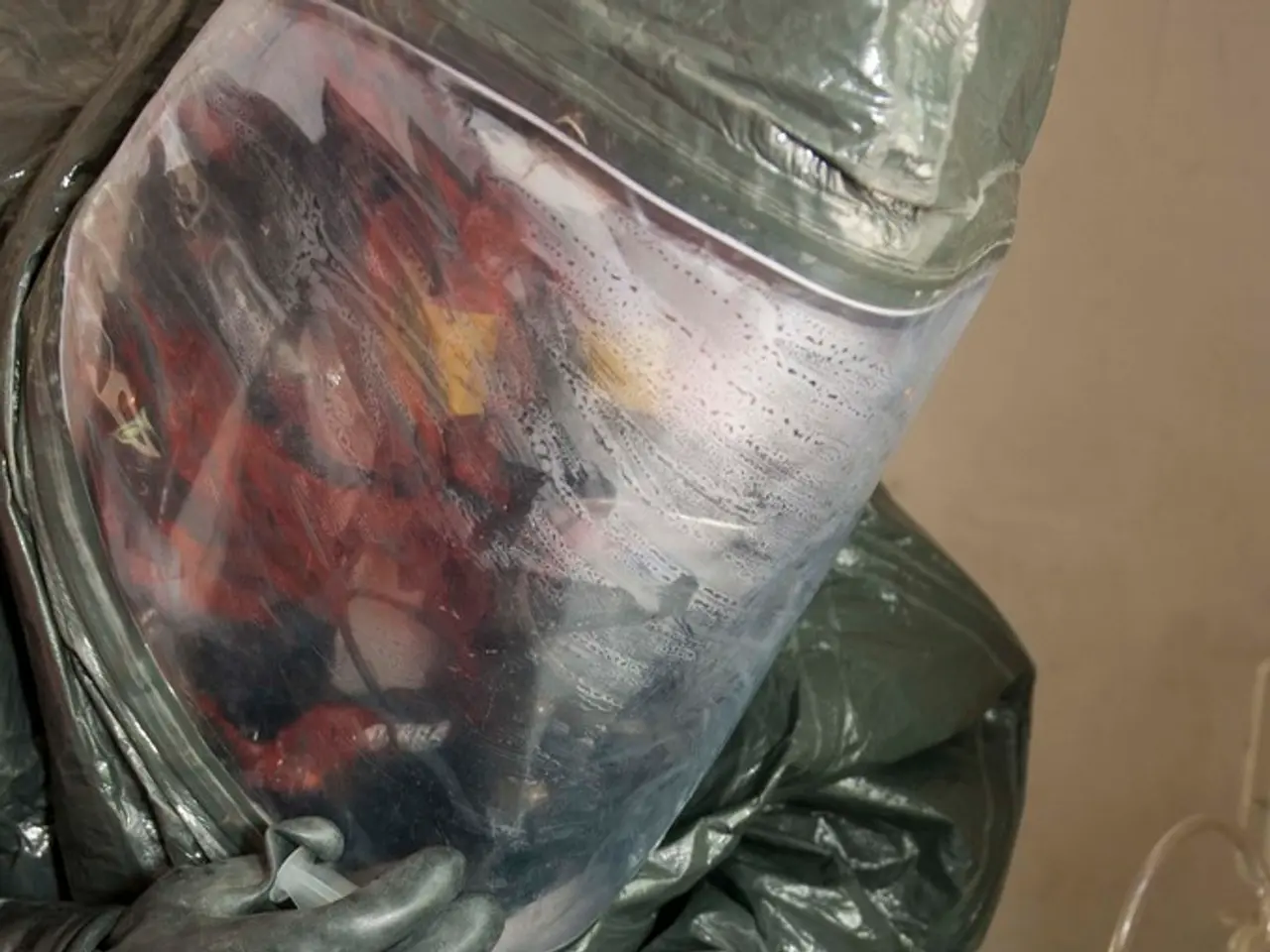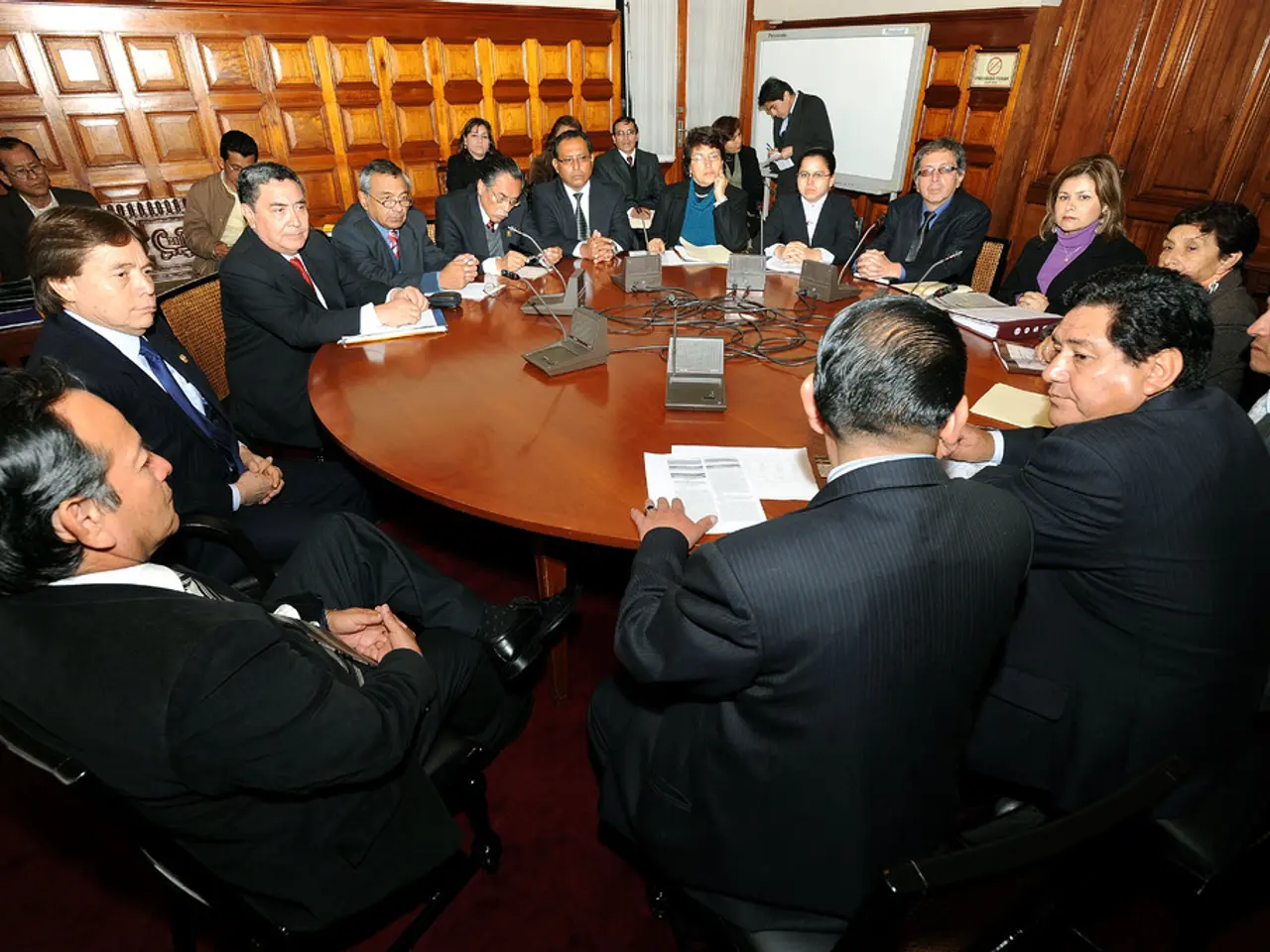Medical professionals in Hobarov successfully extracted a tooth via the patient's nasal cavity.
In an unusual but not unheard-of procedure, surgeons at Khabarovsk's Prof. Sergeev Regional Clinical Hospital have successfully performed a combined operation involving the removal of a tooth from a patient's maxillary sinus and a dacryocystorhinostomy (DCR). The operation, which aimed to restore normal drainage through the tear duct, was carried out using video-endoscopic technology.
The use of video-endoscopic technology allowed for a minimally invasive approach, a significant milestone in the field of sinus surgery. This technique is becoming increasingly common for managing sinus pathologies, but the simultaneous combination of tooth removal from the maxillary sinus and DCR is not standard practice.
Odontogenic maxillary sinusitis, which can result from dental infections or complications in the maxillary sinus related to teeth or implants, accounts for about 25–40% of all maxillary sinusitis cases. The proximity of the maxillary sinus floor to the roots of the first and second molars predisposes dental infections or tooth/implant displacements to cause sinusitis or foreign bodies inside the sinus, often requiring endoscopic sinus surgery.
Simultaneous DCR procedures, which address nasolacrimal duct obstruction, can be performed endoscopically but are generally a distinct procedure from maxillary sinus surgery. The two procedures address different anatomical and pathological problems and are usually performed separately unless a unique clinical scenario warrants a combined approach.
Current literature and clinical data do not quantify the frequency of these combined procedures, underscoring their rarity and specialized nature. However, the procedure is still considered unusual, but not rare.
The news about the operation was reported by the news agency "Khabarovsk Krai Today." The patient's identity and post-operative recovery details were not disclosed. The hospital reported that the operation was successful.
This operation serves as a testament to the advancing field of minimally invasive sinus surgery. Techniques like submucosal inferior meatal antrostomy (SIMA) are emerging to improve access to the maxillary sinus while preserving mucosal integrity, potentially facilitating complex combined procedures if indicated.
In conclusion, the removal of teeth from the maxillary sinus via video-endoscopic surgery is an established but specialized intervention, primarily for odontogenic sinusitis or displaced dental material. Performing this simultaneously with dacryocystorhinostomy procedures is not common or standard practice, but the successful operation at Khabarovsk's Prof. Sergeev Regional Clinical Hospital demonstrates the potential for such combined procedures in unique clinical scenarios.
- The successful combination of tooth removal from a maxillary sinus and a dacryocystorhinostomy (DCR) in this procedure highlights the potential for advancing health-and-wellness through innovative therapies-and-treatments in the field of medical-conditions.
- As the proximity of maxillary sinus floor to the roots of the first and second molars can lead to odontogenic maxillary sinusitis, the incorporation of dental nutrition in maintaining overall health could help mitigate the risk of such sinus infections.
- With the emergence of techniques such as submucosal inferior meatal antrostomy (SIMA), the improvement of access to the maxillary sinus while preserving mucosal integrity may accommodate complex combined procedures like simultaneous DCR and sinus surgery, furthering the science of health-and-wellness.




